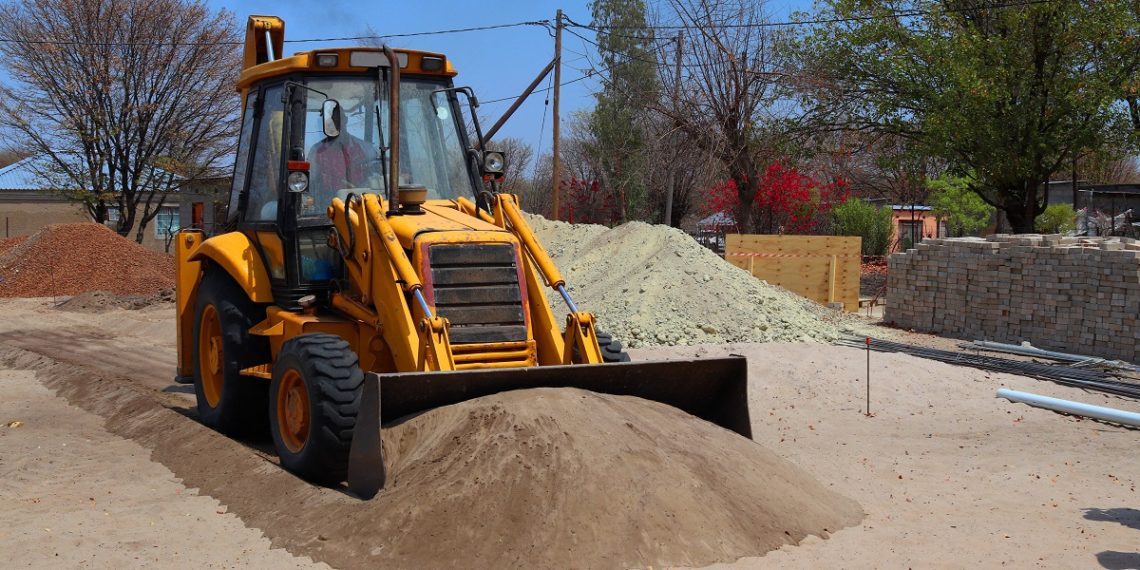Geotechnical reports are a crucial part of building a home. It serves as an assessment of whether or not your land can be appropriately used to build a home. When one fails to do so, you may not know how stable your ground is —- and it might lead to serious troubles for the structure you are building.
As these reports are beneficial for a home, a site investigation is needed to look for potential problems and avoid building mishaps. Thus, you may find reference to “filling” your ground, so it would level off and be adequate enough in protecting your foundation, and hence the whole structure.
Yet, what are these fills?
Fills
In construction, fills are earthen materials that are used to fill out a hole, crack, or any depressed ground. They may be made from materials that usually consist of soil, rocks, aggregate, and crushed paving materials. Nevertheless, they all serve as a “glue” for the ground to be compacted even more, therefore making heavy construction aboveground more steady and secure.
Types of Fill
Fills can come in 2 variations; Ordinary Fill and Controlled-Fill. However, they are different in terms of strength and the ability to hold ground in the strongest way possible.
Ordinary Fill
An ordinary fill is made from materials that are obtained from excavation. It must contain not more than 20% of rock fragments by mass and with a size of 75mm to 150mm; rock and clay fragments should not be greater than 150mm. The size of the fragments results in the stiffness of the structure, making it more compacted and the fill clenched more with the wholeness of the concrete.
Moreover, an ordinary fill is usually done by excavating the ground and then rolling over the surface through Track Rolling. Rolling on the surface of the ground makes the top surface more levelled and the ground below pushed even more, resulting in a balanced ground above. However, it is deemed necessary to note that ordinary fills can somehow be underperforming, and isn’t to have relied on so many in house foundations. It may come cheap, but you may need to excavate more under the surface or use Concrete Piers (concrete solid pillars) to make your foundation more stable for home construction.
Controlled-Fill
Also known as the Engineered Fill, this type of fill uses engineering properties to ensure the highest quality and density for your ground surface.
Controlled-Fill requires 4 layers of fills for your slab-on foundation; the subgrade, select fill, sub base, and the base. Each layer must be 150mm to 300mm deep and must be compacted and rolled every layer to achieve concreteness. More so, water content is also optimized in this process, ensuring that your slab-on foundation is seasoned enough to achieve higher density and compactness for your ground. Nevertheless, it should go through a series of engineering tests so your ground can be spotless and avoid lower compaction levels.
This type of fill is commonly used in commercial spaces and roads and thus highly recommended to be used for residential areas as it comes to hold the surface strongly.
Your home’s foundation relies on the stiffness of the ground where your home will be constructed. As natural ground can deplete over time, it is a must to ensure that your slab-on foundation is strong enough to hold your home with quality and strength. Nevertheless, a ground investigation is always necessary to know how much and how strong your ground foundation should be.
Photo by Roger Brown from Pexels


